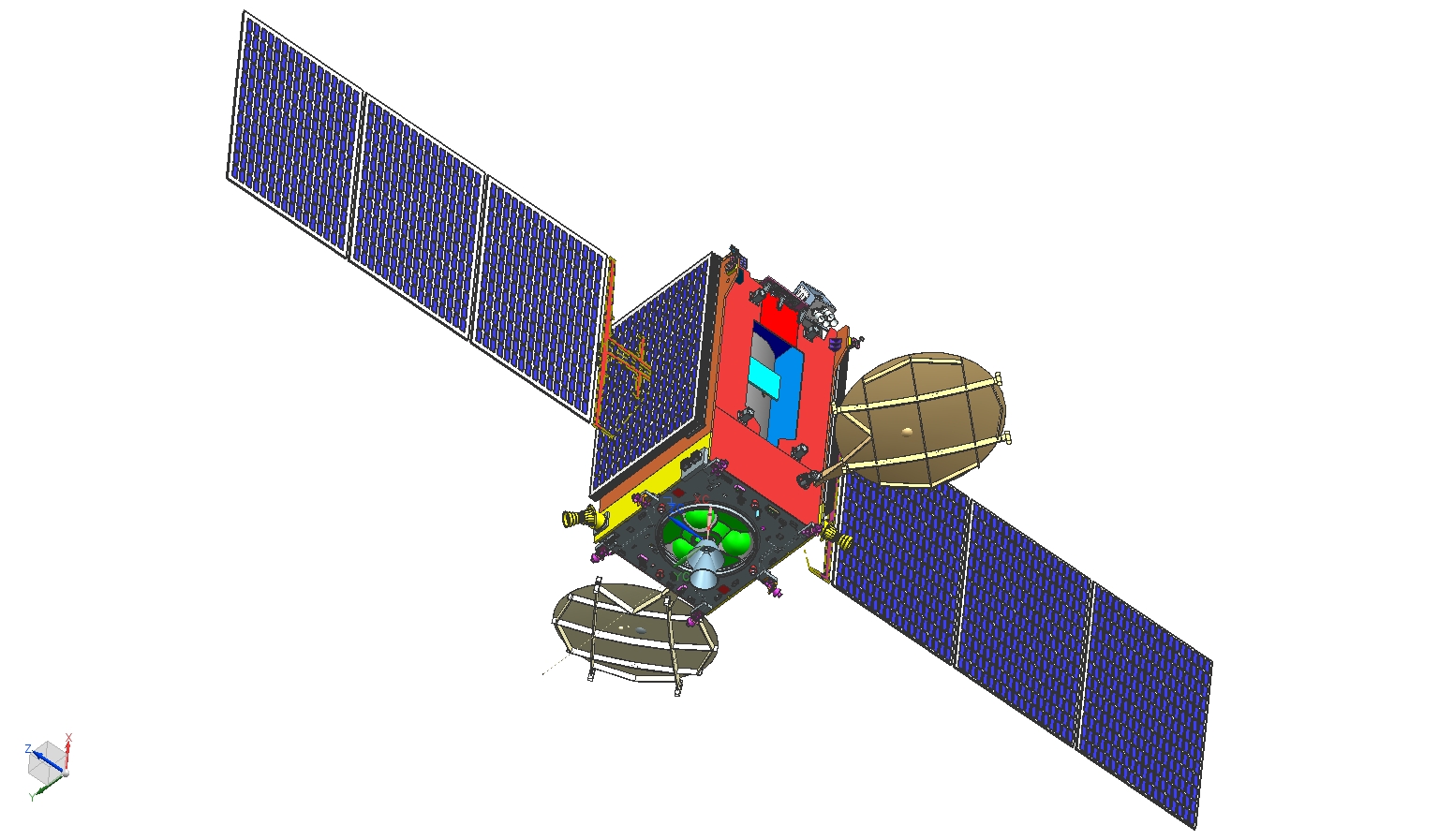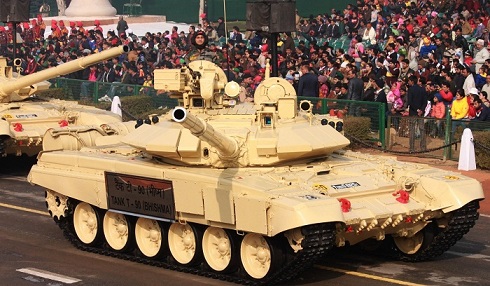
GSLV-Mk III-D1 is the first developmental flight carrying GSAT-19 satellite. Photo: ISRO.
THIRUVANANTHAPURAM (PTI): India's most powerful launch vehicle - Geosynchronous Satellite Launch Vehicle (GSLV) Mark III - built to lift the heaviest Indian communication satellites to space, is all set to be launched soon.
With GSLV Mark-III, seen as a "game-changer" mission in space technology, the country can have indigenous launches of bigger satellites without depending on foreign countries.
It can put satellites weighing upto four tonnes in space, double the weight that the current GSLV-Mark-II can lift.
GSLV Mark-III will also enable Indian Space Research Organisation (ISRO) to launch from India heavier communication spacecraft to geostationary orbits of 36,000 km. Because of the absence of a powerful launcher, the space agency currently launches satellites above two tonnes on European rockets for a high cost.
"Preparations are going on in full swing...And right now, the cryogenic stage (is) also integrated with the vehicle. The satellite is also getting prepared," Vikram Sarabhai Space Centre (VSSC) Director K Sivan told reporters here on the sidelines of a function.
"Maybe in a week's time, we will be able to assemble the satellite along with the vehicle. We are targeting the launch in the first week of June," he said.
However, Sivan said the exact date for the launch of GSLV Mark III is yet to be finalised.
GSLV Mark-III would blast off with the communications satellite GSAT-19, weighing more than 3.2 tonnes.
"It's a very advanced vehicle...The satellite is also very advanced...," Sivan said.
"For any satellite weighing beyond two tonnes, we were carrying them to other countries for launch. Now everything can be launched by our Indian vehicle," he said.
The VSSC director said there was a plan to improve the payload of the vehicle further.
"So 100 per cent, we can have our own indigenous launches of bigger satellites," he said.
On the Chandrayaan-2 mission, the VSSC director said a target has been set to complete it by December.
On reports of privatisation of PSLV operations, Sivan said, "It is not privatisation. Discussions are going on to have some joint ventures. Many companies will be joining together. ISRO will also be part of that."
Director of Liquid Propulsion Systems Centre (LPSC) S Somnath said, "The highlight of the cryogenic stage is that we have full knowledge about this...because it is our own and we understand this."
 Previous Article
Previous Article Next Article
Next Article












The Indian Air Force, in its flight trials evaluation report submitted before the Defence Ministry l..
view articleAn insight into the Medium Multi-Role Combat Aircraft competition...
view articleSky enthusiasts can now spot the International Space Station (ISS) commanded by Indian-American astr..
view article